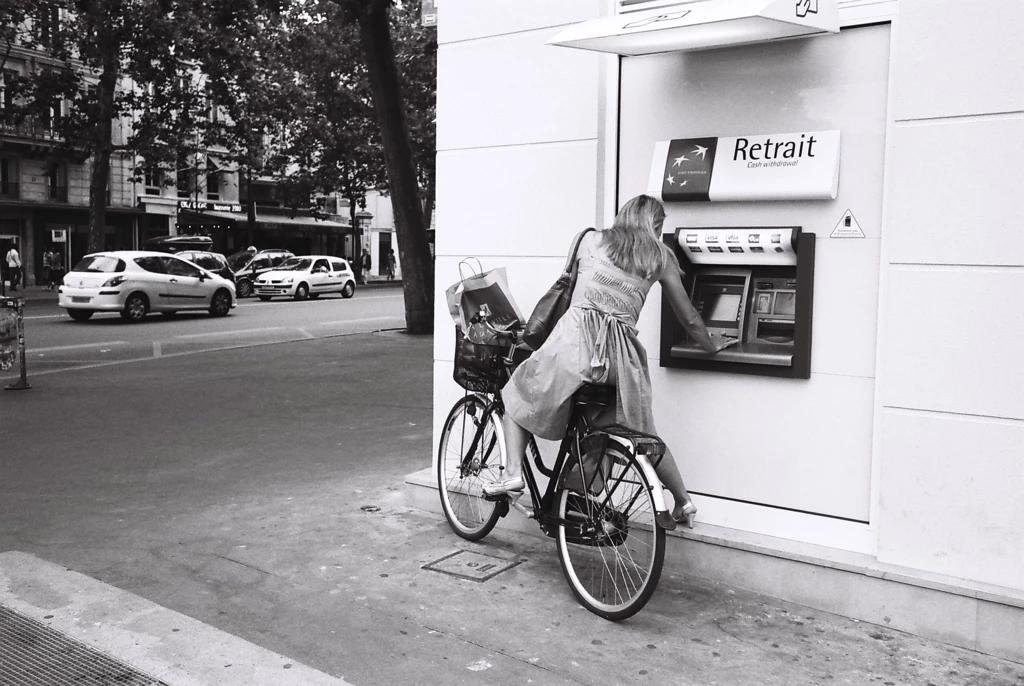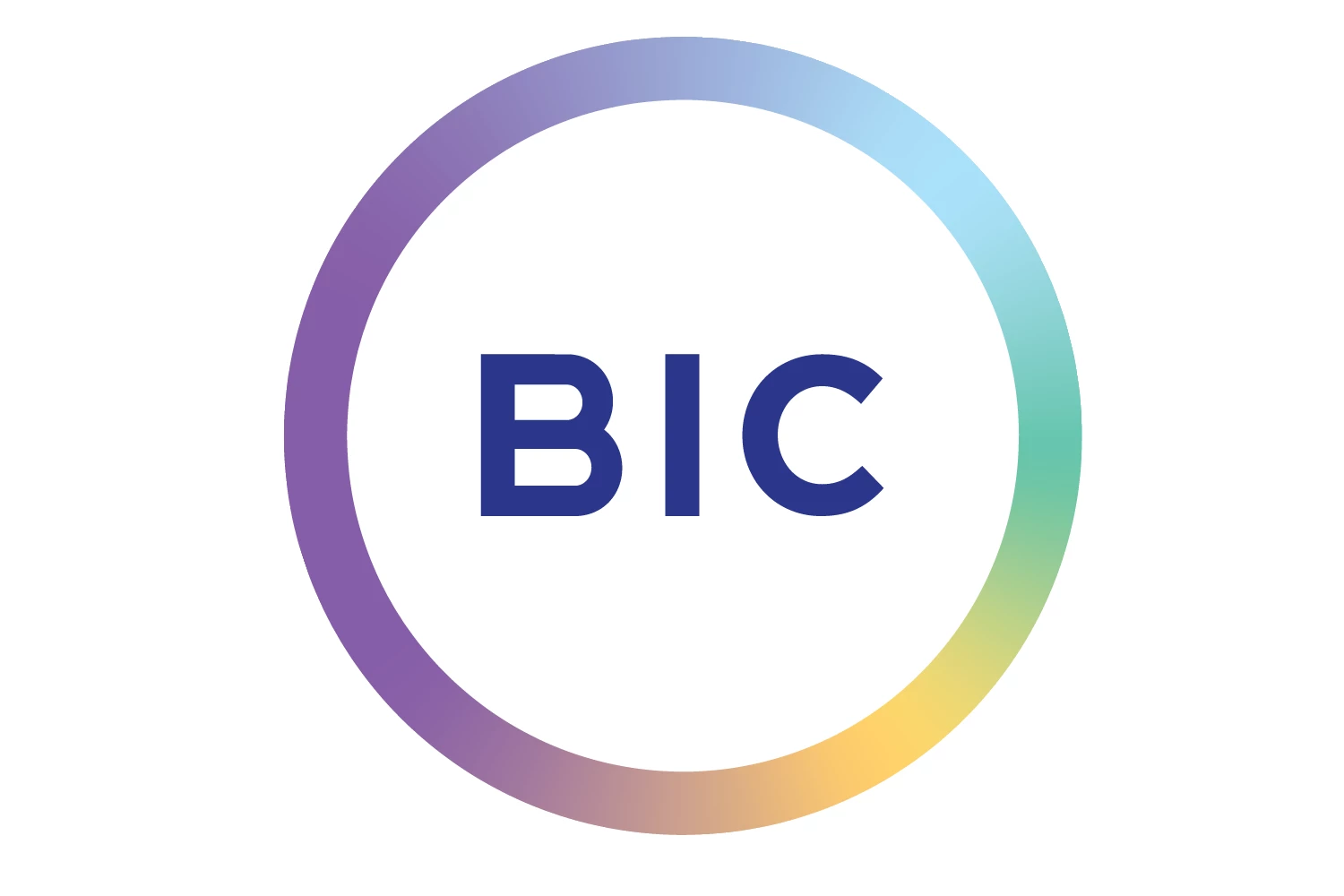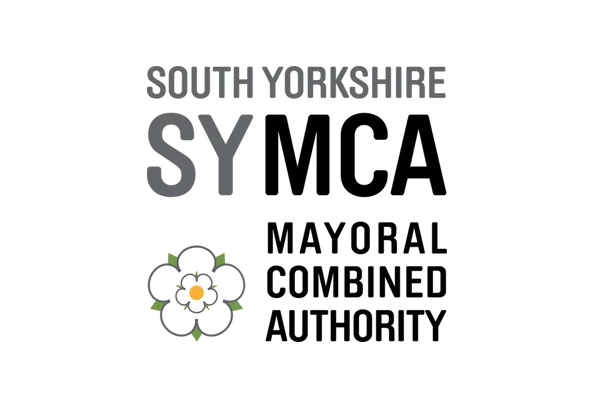
Cash only at the checkout? Brits haven't got the time for that
Today (August 16), new research has revealed UK businesses risk losing one in every two customers when non-cash payments aren’t accepted.
The findings come from London’s business technology provider First Data, and reveal that almost half of customers would walk away if cash is the only method of payment.
Conducted by OnePoll, a survey of 1,000 UK consumers showed that card payments seem to be the preferred method for 59% of respondents, as shoppers look for a more efficient payment with “little interaction”.
Raj Sond, general manager at First Data, commented on the findings: “Time pushed, busy consumers are looking for a fast, hassle-free shopping experience. Convenience is paramount.
“A smooth payment mechanism is vital in being able to offer a tailored, seamless service. With multiple shopping options on the high-street and online, it’s all too easy for potential customers to take their business elsewhere.”
It has been said that consumers would rather not make a purchase, or simply go to another place for their item rather than seek an ATM if they found themselves without cash, too.
It is no surprise then that the average card transaction value is at its lowest for 16 years, especially with the introduction of contactless payment in 2016, which now accounts for over 30 per cent of card payments.
While larger businesses offer this method, many SMEs and independent companies fail to accept it, with the food and drink sector being the worst culprit.
Speed along with security are top considerations for consumer payment options, with the vast majority of people (98 per cent) preferring contactless payment due to not needing to remember their PIN, it’s a lot faster and involves little human interaction.
However, not all Brits are ready to completely ditch cash just yet. As many as 69 per cent of over-55s still carry money ‘in case of emergency’, and just 20 per cent of this age group would be ready to abandon coins and notes for a card. This is compared to 50 per cent of 18-24-year-olds.
Sond continued: “The cost of card acceptance is not the prohibiting factor it once was. Payment is a crucial part of the customer experience and cannot be ignored in the quest for growth and loyalty.”



 How advancements in technology are shaping the future of the economy in North East England
How advancements in technology are shaping the future of the economy in North East England
 South Yorkshire Craftsmanship and Innovation: A Tale of Heritage and Growth
South Yorkshire Craftsmanship and Innovation: A Tale of Heritage and Growth
 Demystifying Degree Apprenticeships
Demystifying Degree Apprenticeships
 Industry-focused apprenticeships pave the way for a bright future in science manufacturing
Industry-focused apprenticeships pave the way for a bright future in science manufacturing
 What’s the best hosting plan for a business website?
What’s the best hosting plan for a business website?